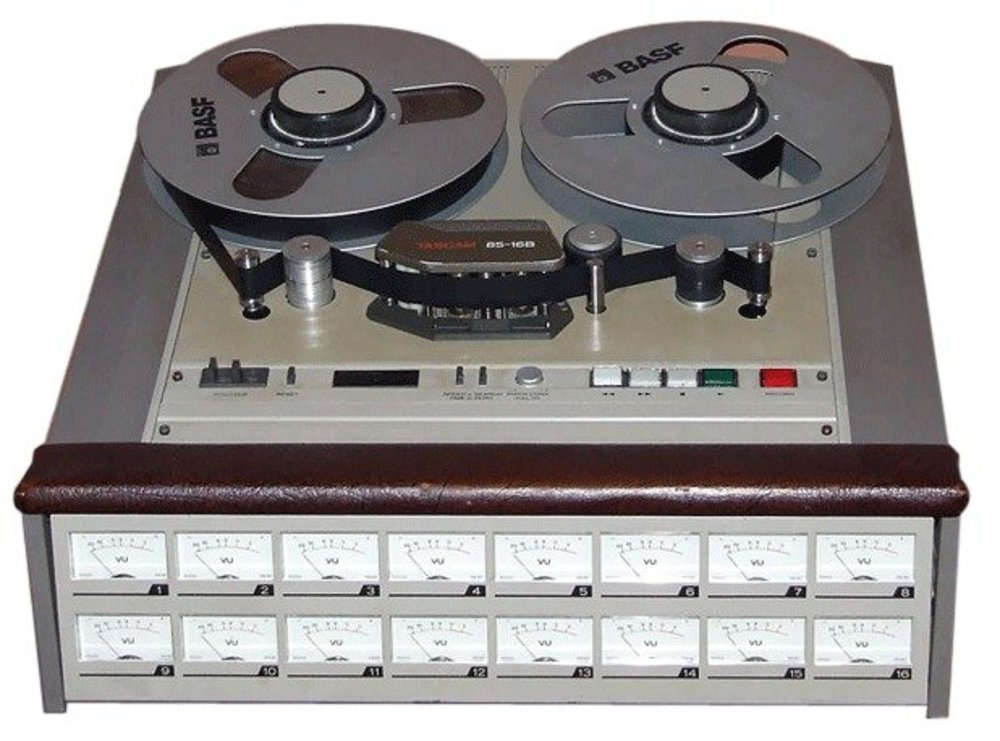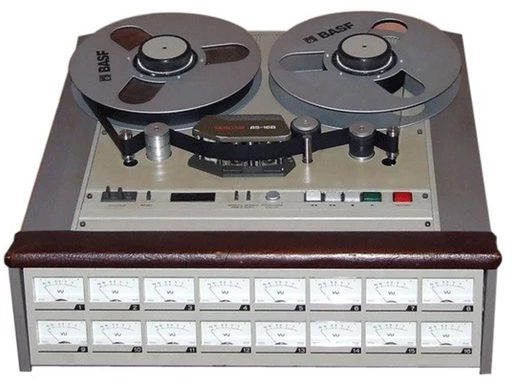Uncategorized
Approach from Electroacoustic and Spectral Techniques through Instrumental Practice in Composition
The experience of the approach in composition from experimenting from the timbral aspect in an instrument introduces us to an infinite universe of sonic possibilities. The combination of conventional techniques with non-conventional ones, the search for sonorities far from the natural ones, the exploitation of the timbre until it transgresses it, the acceptance and inclusion of noise as the instrument’s own material, are some of the experimental processes that constituted the rupture of paradigms and dogmas in instrumental practice and composition in the 20th century. Today, this paradigm has been accepted to the extent of accepting so-called “extended” techniques as an indivisible part of the instrumental technique.

All these processes mentioned above were given thanks to the appearance of electroacoustic music and concrete music, which contributed to making disappear the old difference that the musicians made between musical sound and noise, demonstrating that any sound can be recorded and worked with a precise musical intention.
One of the first 20th century exponents of extended techniques includes Henry Cowell, John Cage, and George Crumb. The Kronos Quartet, which has been among the most active ensembles in promoting contemporary American works for string quartet, frequently plays music which stretches the manner in which sound can be drawn out of instruments. These composers have set the way in which now young composers and performers have found an endless fountain of new resources for their music.
The image of the composer/performer in contemporary music:
For those who practice the two disciplines at the same time, the composition and the performance, the instrumental practice generates gestural and timbral possibilities that are not evident but are veiled between the folds of the specificity of the respective trades. Thus, the composition manages to clarify formal, semantic and syntactic comprehension issues, this contributes to a better interpretation and vice versa. The instrumental practice linked to the compositional process, as well as the interpretation of own works, turns out to be a fascinating experience that is almost impossible, for those who have transited that path, to compose without any pre-fixed approach with the instruments.
In the following articles, I will give examples of how the gesture and timbre can be actually used in composition through spectral music techniques.
You can find the following article about “sound and gesture” on the link below:
https://www.piano-composer-teacher-london.co.uk/post/musical-gesture-introduction
#compositionlessonslondon #musiclessonslondon #GiselaPaterno #compositionlondon

